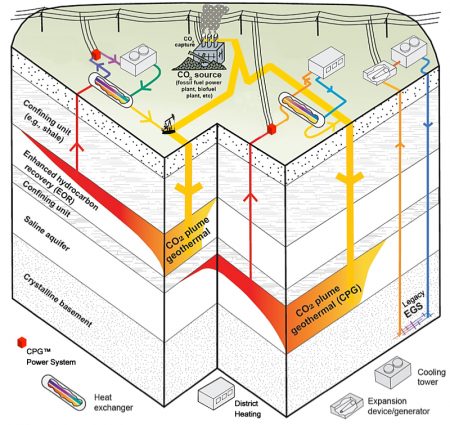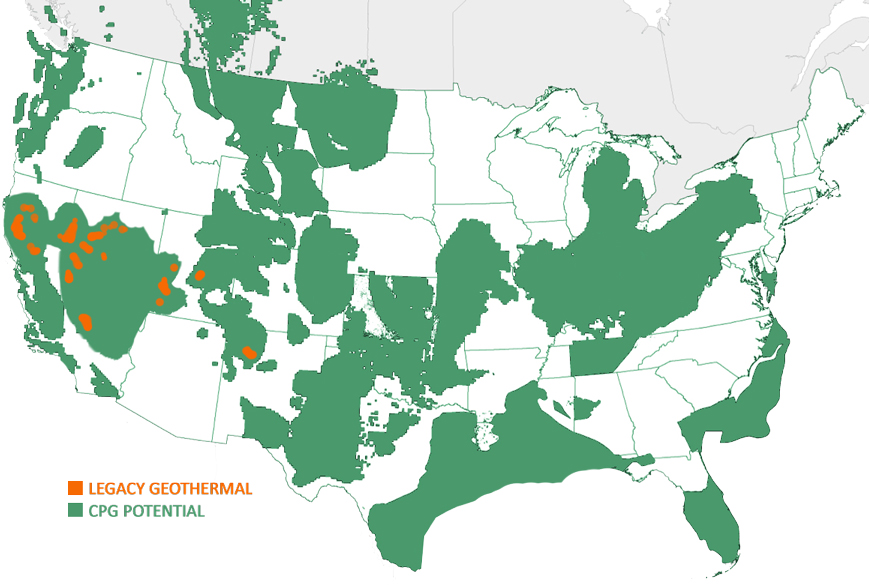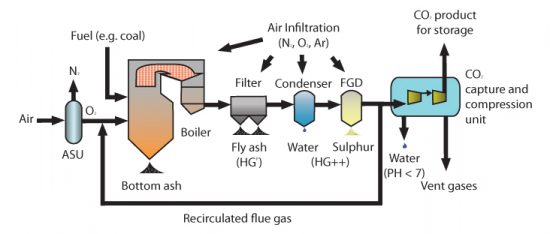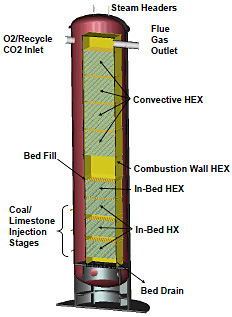October 22 2016 – The rise of carbon dioxide (CO2) in the atmosphere is the most significant contributor to global warming. In our effort to address this challenge we have begun a slow shift away from fossil fuels to renewable energy. But that shift is far too slow to have the kind of impact needed to keep global mean temperatures from rising more than 2 Celsius degrees before the end of this century. In past postings at this site I have described the implications of a mean increase in global temperatures of 2 degrees and the potential for tipping points in some areas of the world producing more extreme results. For example a 2 degree mean rise translates into temperatures well in excess of 2 in urban areas, in polar regions, in deserts and semi-deserts, and savannahs. A 2 degree mean takes into consideration air over the oceans within that average. That means the 2 over continents translates to higher temperatures on land. So settling for a 2 degree mean rise is a very disruptive end result.
Can technology help us beyond just the move away from fossil fuels to renewables? Here are two that might make a significant outcome difference.
Carbon Dioxide Plume Geothermal
Carbon capture and sequestration (CCS) is a technology that can be added to existing fossil fuel extraction sites as well as to coal-fired and other carbon emitting industrial sites. It can be dedicated to a single installation such as Saskatchewan’s Boundary Dam. Or it can be located as a central resource for a cluster of industries as is being proposed in Belgium at the Gateway Pilotwhere it would take captured CO2 from sites in Belgium, the Netherlands and Northern France. The idea behind CCS is simple. Take CO2, liquefy it and then transport it by pipeline and insert it into underground geologically stable rock where it chemically binds permanently. Basalt and sandstone formations are the preferred choices.
The knock against CCS has always been its cost. But what if instead of spending $1.5 billion just to store CO2, why can’t we make the gas produce energy for us. That’s what CO2 plume geothermal proposes to do.
Geothermal energy is produced by mining the natural heat coming from the ground beneath our feet. Traditional geothermal plants pump surface water into the ground where it heats up and then brings the water back up to power turbines attached to generators. CO2 can be used to do the same thing but do it even better. That’s because using CO2 instead of water takes advantage of the enormous heat transfer capacity of the gas in fluid form producing up to 10 times more power output. A CO2 plume geothermal facility could take gas output from multiple sites removing it from atmospheric circulation with the added benefit of generating energy.
One company, TerraCOH, Inc., located in Minneapolis has produced a proprietary CO2 plume geothermal system that has been selected in the semi-final round of the NRG COSIA Carbon XPrize.
The schematic illustration above describes the way the technology works. Instead of CO2 being a waste product, it now when sequestered can pay for itself by generating energy. And CO2 Plume Geothermal opens up a much larger geography to this type of renewable energy. The map below highlights in orange where the U.S. currently operates legacy geothermal plants. The green depicts potential areas where CO2 Plume Geothermal can be implemented, almost anywhere near existing fossil fuel extraction and thermal-power sites.
Implementing CO2 Plume Geothermal could conceivably achieve not just net-zero carbon but net-negative emissions reducing levels of the greenhouse gas in the atmosphere permanently. Using it can provide energy companies with a way of transitioning from fossil fuel energy extraction to renewables without severely disrupting their businesses.
Oxy-Combustion Carbon Capture
At a new pilot facility in Ottawa, Canada, the U.S. Department of Energy and Natural Resources Canada are testing a new method of capturing CO2 from coal-fired thermal plants. The test site is a 1 Megawatt thermal facility and uses an oxy-fuel combustion process or as it is known, Oxy-PFBC. The combustion process uses pure oxygen instead of ambient air to burn fuel. Prior to combustion the process concentrates CO2 capturing it. The captured gas can then be repurposed or stored.
The technology has gone through several generations of development at CanmetENERGY, a laboratory of Natural Resources Canada. The schematic below illustrates the process.
Oxy-PFBC has the potential to allow countries with extensive coal resources to continue to use them for energy generation. If it is possible to have “clean coal” this is a likely technology to make it viable.
The pilot facility, a single tower, (see illustration below) began operations this week. If successful the goal is to scale the oxy-PFBC process to commercial scale. It is seen as a major step forward for carbon capture use and sequestration (CCUS).













“why can’t we make the gas produce energy for us.” Which in turn just creates more energy (carbon) emissions in the end. More energy = more consumption = more growth = more emissions.
The answer is not, and never will be “more”. That’s like trying to fix a knife wound by stabbing the patient again and again. It will never work. Even “efficiency” will not work (Jevon’s Paradox).
You cannot keep fueling a civilization that is going to just go on escalating emissions, ruining natural resources (forests, topsoil, oceans, atmosphere) and claim it’s “going to get better because you found a way to make better energy or more energy” (or a profit).
It’s going to get worse, always. Every time. The endless growth paradigm is doomed. And so are we, because this is the “best” answer humans are only willing to consider.
It’s the wrong answer.
I am not quite sure how to respond to your comment. What the technologies described here are trying to deal with is removing carbon from the atmosphere to mitigate the greenhouse effect. It is about living within our existing means. The alternative is for us to close the existing energy generating infrastructure and see if we can accommodate to less. I don’t see that as a win-win strategy. Do you?